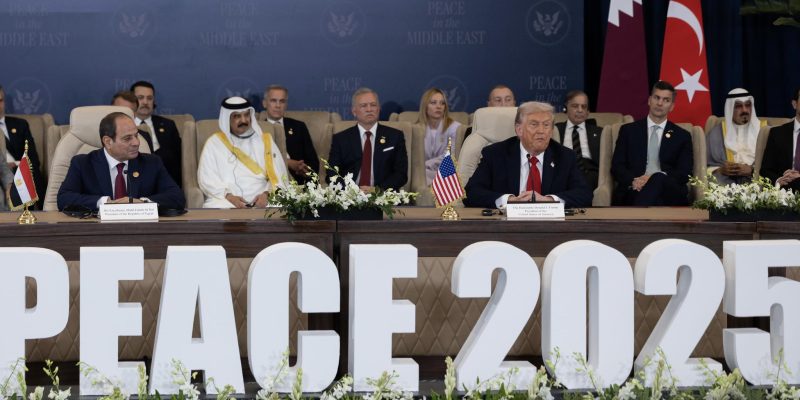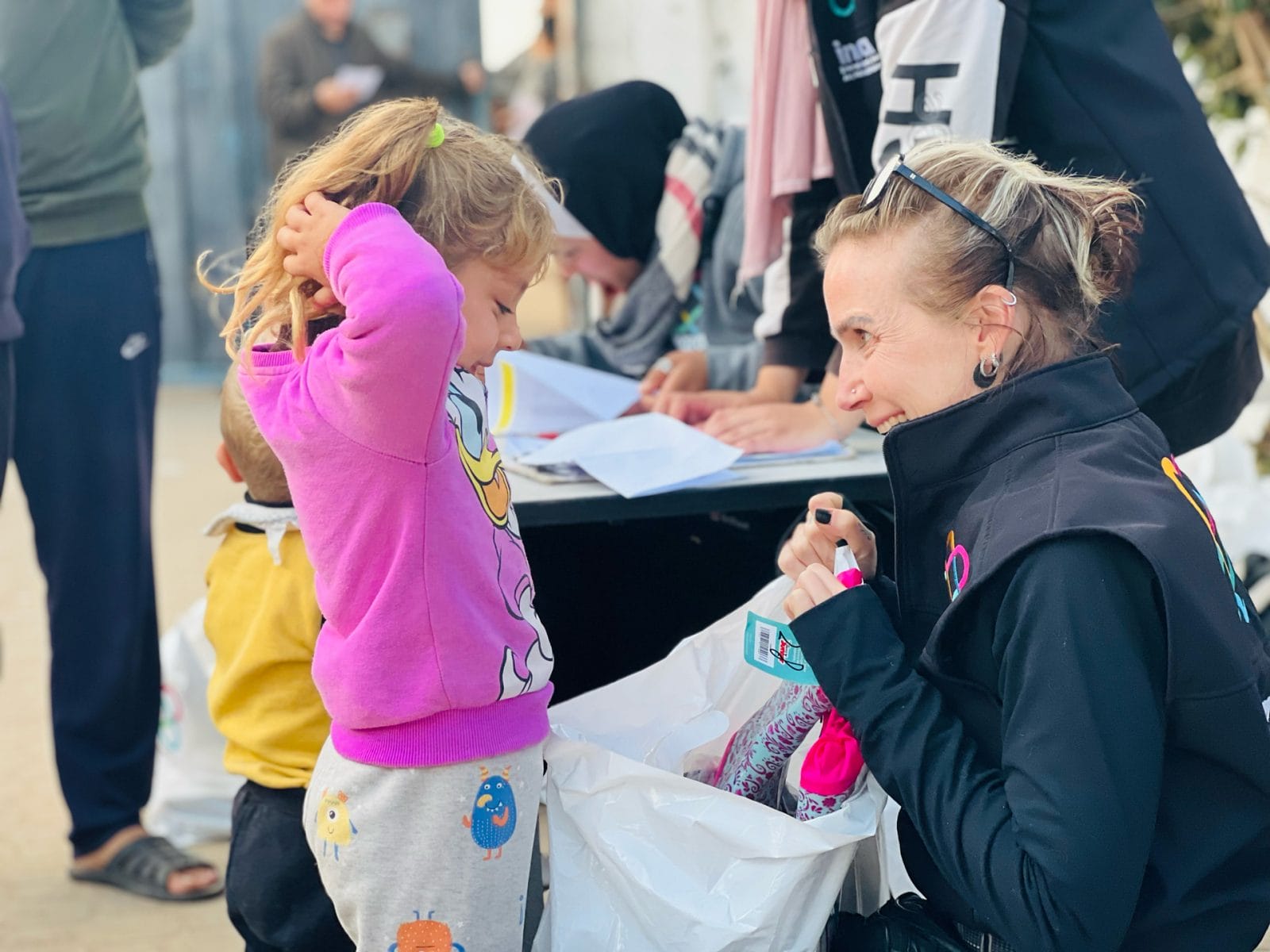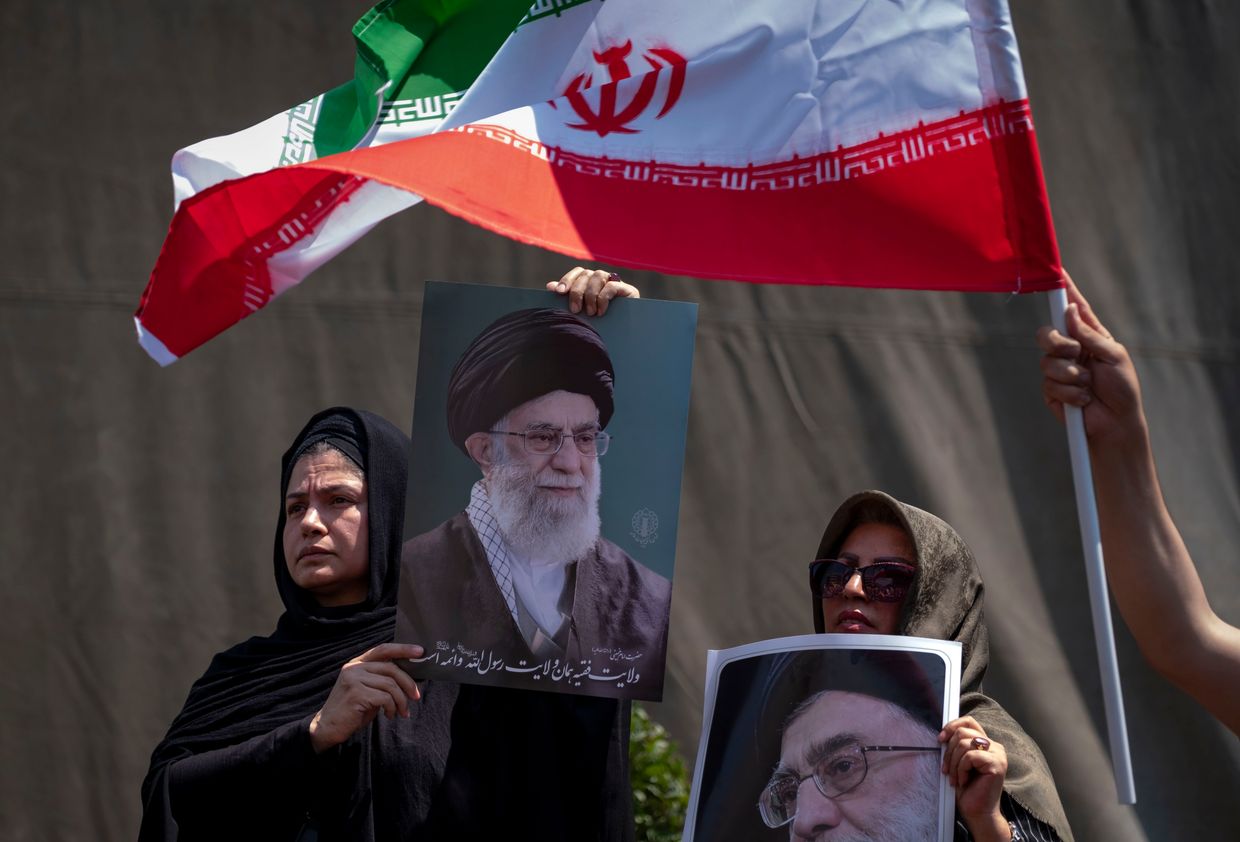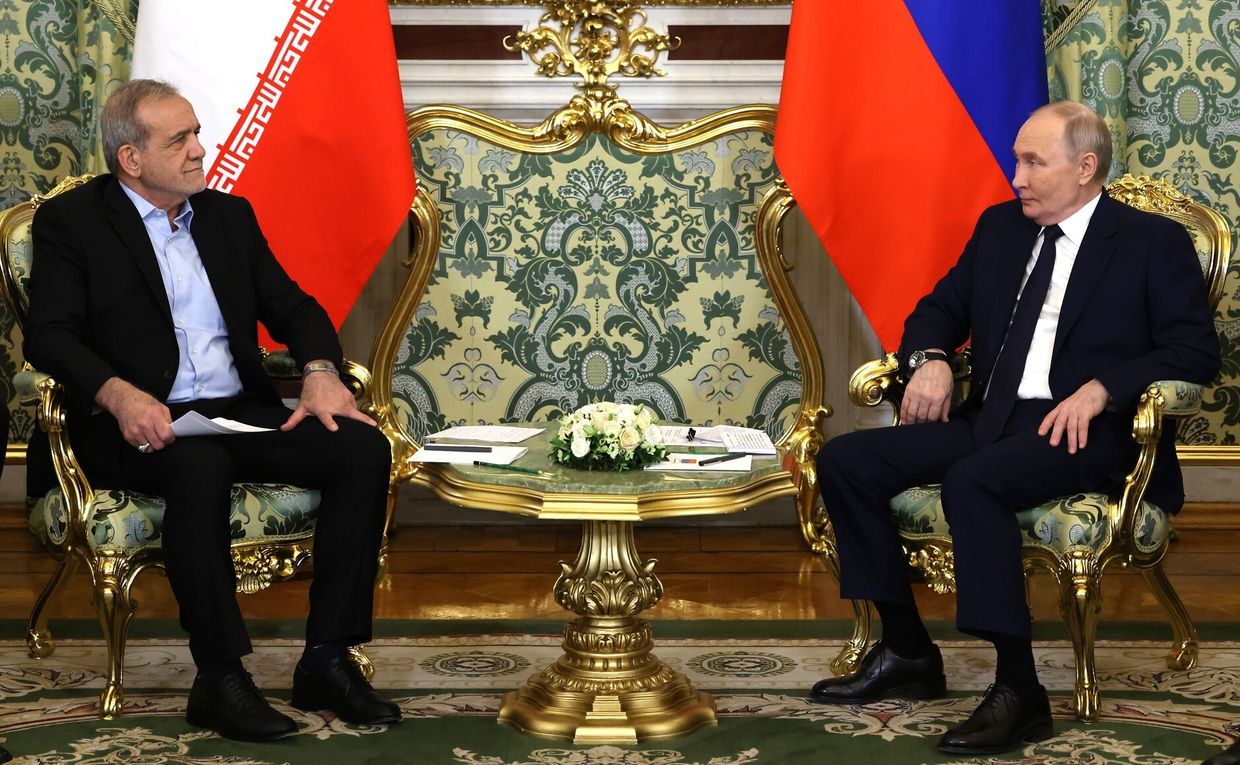Israeli Settlers Burn West Bank Mosque Amid Rise in Violent Attacks

© Ali Sawafta/Reuters


© Ali Sawafta/Reuters


© Alex Brandon/Associated Press


© Jaafar Ashtiyeh/Agence France-Presse — Getty Images


© Amit Elkayam for The New York Times


© Arash Khamooshi for The New York Times


© Jason Andrew for The New York Times


© Kenny Holston/The New York Times


© Amir Hamja for The New York Times


© Oren Ben Hakoon/Associated Press


© Saher Alghorra for The New York Times


© Kent Nishimura for The New York Times


© Shir Torem/Reuters


© Shir Torem/Reuters


© Avishag Shaar-Yashuv for The New York Times


© Doug Mills/The New York Times


© David Guttenfelder/The New York Times


© Karamallah Daher/Reuters


© Saher Alghorra for The New York Times


© Saher Alghorra for The New York Times


© Saher Alghorra for The New York Times
Des médias israéliens ont rapporté que des membres du mouvement palestinien Hamas avaient tiré sur des soldats israéliens dans le sud de la bande de Gaza.
En réponse à ces tirs, le premier ministre israélien Benyamin Nétanyahou a ordonné à l’armée israélienne de lancer de «puissantes» frappes sur le territoire palestinien.
Le Hamas soutient qu’il n’est pas impliqué dans l’attaque menée contre des soldats israéliens.
[L'article Israël a bombardé hier la bande de Gaza a d'abord été publié dans InfoBref.]


© Reuters


© Saher Alghorra for The New York Times


© Raneen Sawafta/Reuters


© Saher Alghorra for The New York Times


© Kenny Holston/The New York Times


© Samar Hazboun for The New York Times


© Zain Jaafar/Agence France-Presse — Getty Images


© Saher Alghorra for The New York Times


© Kenny Holston/The New York Times


© Agence France-Presse — Getty Images


© Pool photo by Fadel Senna


© Saher Alghorra for The New York Times


© Saher Alghorra for The New York Times


© Sergey Ponomarev for The New York Times


© Sergey Ponomarev for The New York Times


© Nathan Howard for The New York Times


© Nathan Howard for The New York Times


En vertu de l’accord de cessez-le-feu conclu la semaine dernière par le gouvernement israélien et le Hamas:
Les corps de 4 otages morts en captivité à Gaza ont été remis à Israël.
Donald Trump a coprésidé en Égypte un sommet pour la paix auquel ont participé une vingtaine de dirigeants, dont Mark Carney.
Le président américain s’était d’abord arrêté en Israël. Il a été ovationné au Parlement israélien.
[L'article Les otages israéliens et les prisonniers palestiniens ont été libérés a d'abord été publié dans InfoBref.]
Le gouvernement israélien et le mouvement palestinien ont approuvé hier l’accord conclu la veille par leurs médiateurs en Égypte.
Selon les termes de l’accord:
Des négociations seraient déjà amorcées déjà pour les phases suivantes du plan de paix américain, qui prévoient notamment:
[L'article Israël et le Hamas ont officiellement approuvé un cessez-le-feu à Gaza a d'abord été publié dans InfoBref.]
C’est ce qu’a annoncé en premier hier Donald Trump, en précisant que «tous les otages seront libérés très prochainement».
La signature d’un accord a ensuite été confirmée par Israël et le mouvement palestinien.
Cet accord prévoit:
Il a été conclu à la suite de quatre jours de négociations indirectes en Égypte.
[L'article Israël et le Hamas ont accepté la première phase du plan de paix américain a d'abord été publié dans InfoBref.]

“Arwa it’s changed so much since you were last here, like you can’t imagine.” This was a message I received a few months ago from Yousra, the program coordinator at my charity INARA in Gaza. My last trip to Gaza was in December 2024. When I tried again a few months later, in February and in March, Israel denied me entry – no reason given. Back then, roughly a third of people attempting to enter on humanitarian or medical missions were being stopped, now that number is over half.
The images rolling through my mind of what I had seen over four humanitarian missions were already apocalyptic. I tried to picture “worse”. The children and adults I saw, in a crush of bodies, faces frozen in a grimace of despair and grief as they held out their empty pots. I tried to amplify the deadened eyes, the lethargic movements of starving people, and the soundtrack of desperate voices not quite drowned out by the incessant buzz of drones overhead.
Mohammed, INARA’s physical therapist in Gaza City, had sent me a couple videos of Souhaib, a little boy he’s treating. Souhaib had woken up one morning unable to move. He was admitted to the ICU and then spent a month in the hospital, but his condition did not change all that much.
The doctor’s preliminary diagnosis was acute flaccid paralysis – most likely a rare disease known as Guillain-Barre Syndrome (GBS), a rapid-onset muscle weakness caused by the immune system damaging the peripheral nervous system. But that diagnosis hasn’t been confirmed and cannot be confirmed in Gaza because the tests Sohaib needs aren’t available. All anyone can do is to give Sohaib physical therapy and hope that the paralysis doesn’t move to his involuntary nerves, his internal organs, which would lead to death.
Soubaib is malnourished, his head looks unnaturally big with its shock of blond hair, but Mohammad manages to coax smiles and giggles out of him as he moves his limp limbs. Souhaib is not the only child suffering in this way. There has been a spike in cases of suspected GBS. Where normally there would be one or two cases annually, now there are dozens, a byproduct of the lack of sanitation and lack of food. In Gaza, people’s bodies – especially those of children – have become too weak to fight infection.
“It’s like we’ve been issued a death sentence, only it’s a slow and excruciating execution” Mohammed messaged me on the day that famine, according to the United Nation’s IPC scale, was officially confirmed in Gaza City. Not that the people there needed a report to know that they were starving and being starved.
Hunger related deaths have soared to more than 400, including 145 children.

Ever since Israel implemented its full blockade on humanitarian trucks when it broke the ceasefire back in March there has been nothing “sustainable” or durable in what we, or frankly any of us in the humanitarian community, do or are allowed to do. We require Israel’s permission to pick up our pallets from the crossing point, to move waste, to fix bombed water lines, to cross through red zones and within the vast majority of Gaza, basically to do just about anything. In theory it’s meant to protect us from Israeli strikes. In reality, it’s always a gamble. Gaza is the deadliest place for humanitarians.
In May, Israel and the United States established the Gaza Humanitarian Foundation, replacing a pre-existing and proven system of at least 400 distribution points with just four located inside Israel’s red zones. Since then, more than a thousand people have been killed by Israeli guns, drones and tanks, just trying to get food from these locations. Doctors Without Borders, whose staff regularly receive mass influxes of casualties following violence at GHF sites, plainly stated: “This is not aid. This is orchestrated killing.’
Under international and U.S. pressure, Israel has been allowing a “trickle” of aid trucks to enter Gaza along with those carrying commercial goods destined for the market where few can afford the astronomical purchase costs.
A parcel of fresh vegetables weighing six kilograms (around 13 pounds) – not anything brought from the outside, but local produce from the few greenhouses still accessible – costs around $120. When the vegetables are delivered, I’m struck by how little children are grinning and grabbing at a cucumber like it’s candy on Halloween.
My INARA team goes to visit the home of a mother who showed up at our Gaza City clinic utterly beside herself and hysterical. Her twin boys’ bottoms scream with angry red diaper rash. Her husband holds out the can of baby formula with barely two scoops left. And one of her daughters ducks her head in shame as her mother shows our team her shaved head, raw with scabs from scratching because she had lice. The team returns with whatever they’ve been able to scratch together: a little shampoo, soap, baby formula and diapers.
One of the boys tells Yousra that it’s his birthday the next day. His mother says that all he has been asking for is bread. Not cake. Gazan children don’t even dare to dream of cake. Yousra returns, having searched for hours, on her own time, with a “bread cake”. As many loaves as she was able to find and a single candle.
The boy’s smile is pure magic.
“I had to do it,” Yousra told me later. “I just had to give him a little bit of joy.”
When I read the news, some days ago, about Israel dropping leaflets over Gaza City, ordering its one million residents to move south, I was in a panic.
I breathed a sigh of semi-relief when I heard from Yousra, when she finally got a signal on her phone.
And then Yousra sends a message and video that just shreds me.
“I didn’t want to leave my sons (7 and 10) alone while I was at work in case there was an evacuation order or a bombing, so I took them to my sister’s house” Yousra said. “We saw a very young girl lifting very heavy jerry cans, so I asked my older son to get out of the car to help her. I wanted my son to have this empathy, to help her and to know how exhausting her situation is.”
“Don’t worry”, though, Yousra continued. “We are strong enough to support others. We are here for our families, for the team, and for the people.”
Yet there is no strength in the world that can withstand the level of bombing that is raining hell beyond hell down on Gaza. And as Israel launched its ground offensive in Gaza City this week, sending in thousands of troops, there has been a crushing sense of finality. That people, forced to flee, are saying goodbye to their city, their homes, for the last time.
Our staff in Deir al-Balah, in the middle of the Gaza Strip, have been providing those evacuated from the north with fresh vegetable parcels purchased from the market. I was sent a video of a boy laughing as he bit into a tomato. “I can’t wait for my mom to make salad,” he says. “I’m so hungry!”
Earlier this week Mohammed tried to scout out a possible location for a tent for himself and his elderly parents. He sent me a video of the traffic jam along Gaza’s coastal road, people who are heeding Israel’s warning to leave the city.
Others are still stuck in the city, even as the Israeli tanks enter. “No one knows what to do”, he says. “I’m watching people in the street, they are just going around in circles, gasping and crying about how they can’t leave, don’t know where to go or how to get there.”
Mohammed, himself, feels deeply conflicted about leaving. “Arwa,” he tells me, “we didn’t evacuate when most people did last time, but I think we are going to have to this time. It burns me inside, it burns. It’s so painful. Where does this road end?” What answer is it possible to give him? “I wish,” he wrote, “I wish not to be displaced from our land. And to not be then displaced to Egypt. And to not then be displaced to South Sudan etc etc.”
He knows, like everyone in Gaza, how the Israelis and the Trump administration casually float ideas about where Gazans can be moved, how easily their land can be emptied.
That time has now come. Our primary care clinic, which was seeing 120 patients a day in Gaza City, has been moved further west, towards the coast. Four of our staff are refusing to leave and will continue to operate it for as long as they can.
The rest of our staff have now been forcibly evacuated further south, into tents and concrete rooms with no running water or electricity.
“You know Arwa,” Yousra says after spending 12 hours stuck in a sea of human misery making its way south, “it’s what you don’t see in the videos. It’s the women just sitting along the side of the road with one plastic bag between their legs, too tired to walk.” She’s struggling to find the words to express what she’s witnessed. And what keeps her going. “I want to live,” she tells me. “Not because I’m scared of death. I want to live so I can keep testifying to what we endured and have to endure every day while the world just watches and does nothing. And I want to live, so I can keep helping my people.”
A version of this article was published in our Sunday Read newsletter. Sign up here.
The post The Exodus of Hope appeared first on Coda Story.


The Iranian Foreign Ministry has summoned the Ukrainian charge d'affaires to protest "inappropriate remarks" by Kyiv regarding recent Israeli and U.S. strikes on Iran, the ministry said on July 1.
Tehran threatened Ukraine with unspecified "consequences" should such statements be repeated.
The diplomatic spat follows a wave of Israeli and U.S. air strikes targeting Iran's nuclear program, with Iranian forces attacking Israel and a U.S. base in Qatar in response.
Highlighting Iran's military support for Russian aggression against Ukraine, Kyiv responded by calling for the dismantling of the Iranian nuclear program to prevent it from threatening the Middle East or the wider world.
In response, Shahram Farsaei, head of the Iranian Foreign Ministry's Eurasian affairs department, relayed a protest note to Ukraine via the Ukrainian envoy in Iran, Kyrylo Pozdniakov. The ministry did not specify what exact comments prompted the reaction from the Iranian side.
Tehran also said that Ukrainian officials have "disregarded Ukraine's international legal obligations concerning respect for the principles and purposes of the U.N. Charter as well as the four Geneva Conventions."
Iran has provided ballistic missiles and thousands of Shahed drones to Russia, directly backing its armed aggression in Ukraine, itself launched in violation of international law and the U.N. Charter.
Moscow has backed Iran diplomatically after U.S. and Israeli attacks, urging a response from the U.N. Security Council and calling the attacks an "unprovoked aggression."
 The Kyiv IndependentOleg Sukhov
The Kyiv IndependentOleg Sukhov